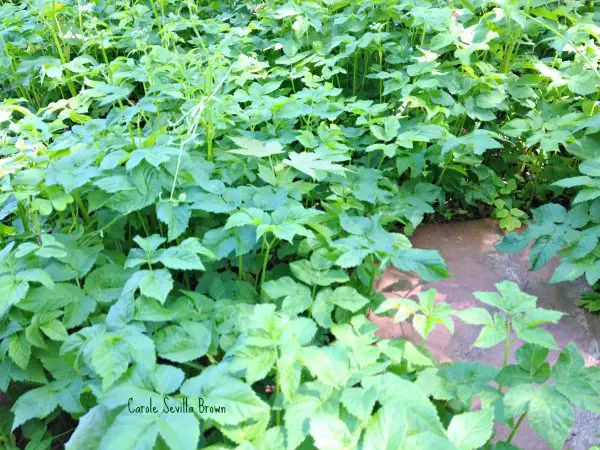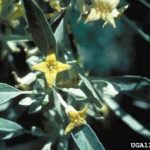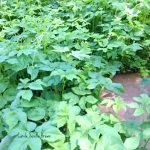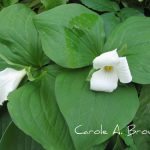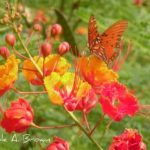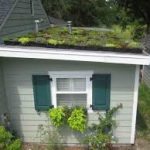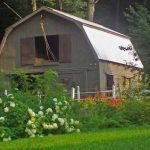I’ve talked about the native/invasive plant debate before, and by this time you know that I am a passionate advocate of the use of native plants in our landscapes because our wildlife is dependent on them for their very existance.
Alison Kerr, of Loving Nature’s Garden, has written a very good summary of this debate and a discussion of how she chooses the plants in her garden. She makes two very good points:
1-We are each responsible for the impact that invasive plants have beyond the borders of our own gardens
The gardening system is broken. Nurseries continue to sell these destructive plants under the misguided idea that if they don’t someone else will.
2-And gardeners continue to purchase these plants because they are familiar and the gardening “gurus” continue to recommend them.
It’s time for us all to wake up and take responsibility for our actions, which can have extremely detrimental impacts. It’s time for nurseries and the big box stores (Home Depot, Lowes, and Walmart) to become responsible sellers by discontinuing the sale of these invasive plants.
Some of the worst invasive plants that are commonly sold include:
Japanese knotweed (Fallopia japonica): A highly invasive species that can grow up to 10 feet tall and quickly outcompete native plants for resources.
Purple loosestrife (Lythrum salicaria): A tall, wetland plant that can displace native vegetation and alter the structure of wetlands.
English ivy (Hedera helix): A woody, evergreen vine that can climb trees and shrubs, choking out native vegetation and altering ecosystems.
Japanese honeysuckle (Lonicera japonica): A fast-growing, invasive vine that can smother native vegetation and disrupt bird and insect populations.
Kudzu (Pueraria lobata): A rapidly growing, invasive vine that can outcompete native vegetation and alter the structure of ecosystems.
Giant hogweed (Heracleum mantegazzianum): A large, invasive plant that can cause skin irritation and blindness, as well as outcompete native vegetation.
Multiflora rose (Rosa multiflora): A highly invasive shrub that can form dense thickets, outcompeting native vegetation and altering ecosystems.
These plants can have a serious impact on local ecosystems, and it is important to be mindful of the potential consequences when choosing plants for your garden.
We are paying (as taxpayers) billions of dollars each year to control invasive plants. Just think on what better uses this money could be spent: protection of fragile ecosystems, protection of endangered species, not to say feeding our own people.
Native plants form the basis of the food web. Without natives, we would have no wildlife.
While we’re on the subject of personal responsibility, did you know you can opt out of receiving the phone book? Doing so would save millions of trees, protect the forest and preserve habitat for many birds.
More From Ecosystem Gardening:
Submit your review | |

